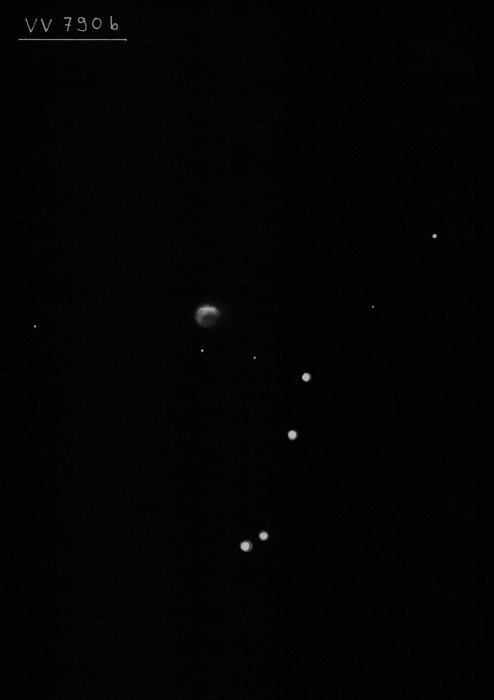Early this morning I had the best view ever of the unusual ring galaxy VV 790b AKA II ZW 28. I have seen it many times over the years but this mornings view is something I will not soon forget!
VV 790 b is a collisional ring galaxy in Orion that is thought to be in the act of collision. I could see the brighting in the inner ring that is thought to be the colliding galaxy. I was using 697X and 813X and the stars were pin points. The brighter ring sections looked mottled in the eyepiece and faint smaller ring was direct vision and the void in the center was jet black. The galaxy looked to be much brighter on this night than the 15.5 MAG that it is listed at. (There is nothing like great seeing)
Eyepiece drawing
VV 790b..jpg
HST image
2 ZW 28.jpg




 Reply With Quote
Reply With Quote




